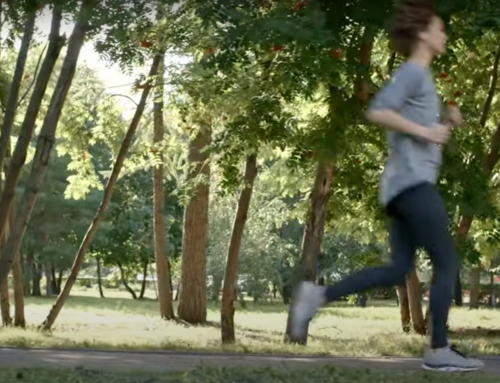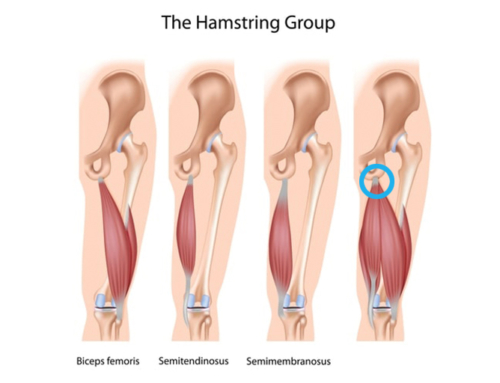1. What is plantar fasciitis?
Plantar fasciitis is a very painful and frustrating condition which often takes months and even years to resolve. The pain is caused because of inflammation of the plantar fascia (see image below) and often causes a deep achy pain that can refer into the entire sole of the foot. Classically the pain is worse getting pain out of bed and after sitting for a period of time. As the condition progresses the pain can become sharp and cause you to limp.
The plantar fascia is a strong , fibrous band which attaches to the heel and the toes. It is a very important structure, along with the muscles of the foot, it supports the medial arch of the foot.
Plantar fasciitis is the commonest cause of heel pain. Other common causes of heel pain are:
- A stress fracture of the heel bone (calcaneus)
- Osteoarthritis of the ankle or sub-talar joint
- Thinning of soft tissue over the heel
- Irritation of small nerves around the heel
- Inflammation of the tendons that pass under the foot

2. What causes plantar fasciitis?
Plantar fasciitis can begin for no apparent reason but can also begin after an injury such as a trip or fall or after an increase in walking or running distance or speed.
It can also be caused by overuse or excessive pressure placed on the fascia through unfavourable biomechanics, external pressure (footwear) or a mechanical abnormality (heel spur).
Foot posture/type
Your foot type (see image below) can contribute to your symptoms. Your physiotherapist will assess your foot posture and advise on the correct stretches and /or strengthening exercises to off-load your fascia and reduce your pain. On occasion we may advise the use of a foot support, known as an orthotic.

Best footwear for plantar fasciitis
High heels and unsupportive footwear (flip flops, flat soled stiff shoes) can exacerbate the pressure on the plantar fascia. We have always asked our patients to wear very comfortable and supportive footwear during the process of treatment to maximise the results and allow you to be as comfortable as possible. On occasion we may add a heel raise or heel cushion to your shoe.
What are heel spurs?
These bony developments at the origin of the plantar fascia were once thought to be one of the main causes of plantar fasciitis. However, more recent beliefs are that the spur is secondary to the aggravated fascia, not a cause of it. It is very unlikely to be the cause of the pain and so rarely needs removing.

3. How do we treat plantar fasciitis?
Plantar fasciitis can be a stubborn condition and often requires targeted treatment involving a combination of therapies. At Complete we have significant experience of treating not only the symptoms associated with plantar fasciitis but also the causative factors.
Treatment at Complete may involve:
- manual therapy
- exercises
- advice on footwear
- activity modification
- shockwave therapy
- steroid injections
The introduction of shockwave therapy to our clinics has significantly improved our outcomes for plantar fasciitis pain.
NICE (National Institute for Clinical Excellence) has listed shockwave as an effective form of treatment for plantar fasciitis in its interventional procedure guidance since November 2005. Since 2010, the American College of Foot and Ankle Surgeons has recommended shockwave therapy as the treatment of choice for plantar fasciitis with or without the presence of plantar ‘spurs’ (Thomas JL, Christensen JC, Kravitz SR., 2010)
The most recent Cochrane review concluded shockwave is an effective treatment for plantar fasciitis. Treatment sessions are widely reported within the literature of between 3-5 sessions to have a significant impact on pain and function. (Higgins JP, Altman DG, Sterne JA., 2017)
How many sessions and how often do you need shockwave therapy for plantar fasciitis?
Between 3-5 shockwave sessions are required for a significant resolution of pain (Moya D, Ramo S, Schaden W et al., 2018). Sessions normally take place weekly. The number of sessions depends on how quickly you respond, how long you have had the symptoms and how severe the pain is.
How long does it take to recover from plantar fasciitis?
Plantar fasciitis can be a chronic condition that is known to be a difficult condition to get better. With most muscle, joint, tendon and fascia conditions early diagnosis and commencement of effective treatment is key to a full recovery (Thomas JL, Christensen JC, Kravitz SR et al., 2010)
Should you have an ultrasound scan before having shockwave therapy?
It is not necessary for the diagnosis of this condition. At Complete your physiotherapist will be able to accurately and reliably diagnose plantar fasciitis at your first session (Hansen L, Krogh TP, Ellingsen T et al., 2018). An ultrasound scan is reserved for cases if we are unsure of the diagnosis or if we are suspicious of a plantar fascia tear.
Other related articles:
- Steroid injection for plantar fasciitis
- Calcific tendinopathy of the shoulder
- Patella tendinopathy
- Greater trochanteric pain syndrome
- Insertional Achilles tendinopathy
- Mid-portion Achilles tendinopathy
4. Is shockwave therapy effective for plantar fasciitis?
Shockwave therapy is the most effective treatment modality to treat plantar fasciitis (Hansen L, Krogh TP, Ellingsen T, 2018) and now has a significant body of evidence in large randomised trials (RCT) supporting its use.
If you would like to book an appointment or would like more information before booking please call 020 7482 3875 or email info@complete-physio.co.uk
References:
Don’t let pain hold you back, book now!







